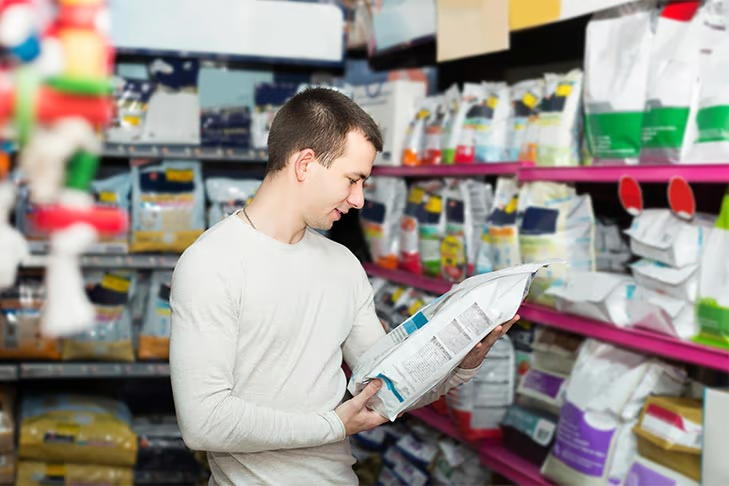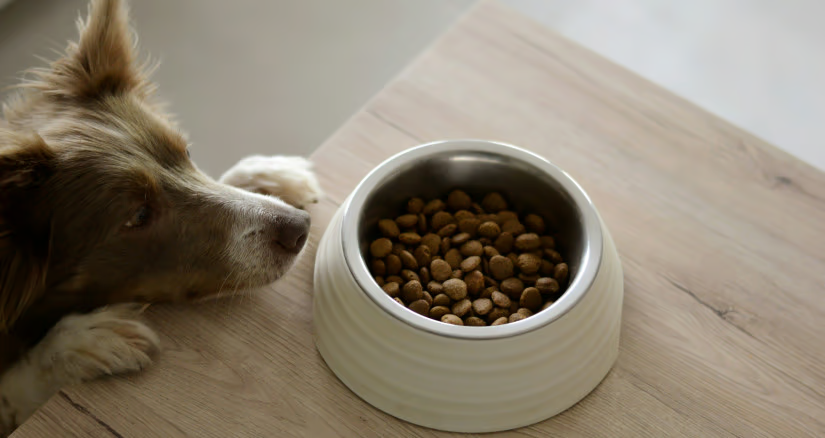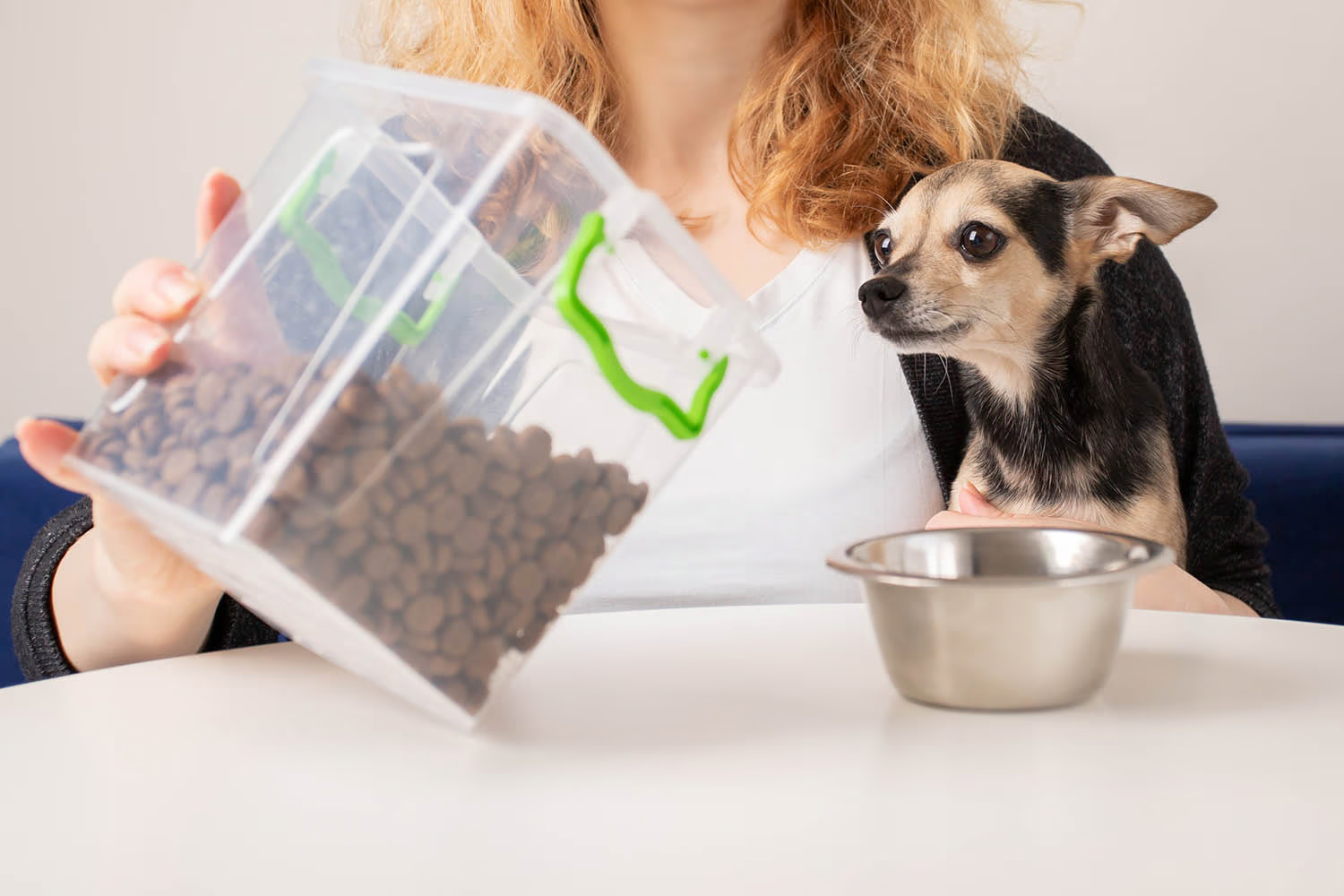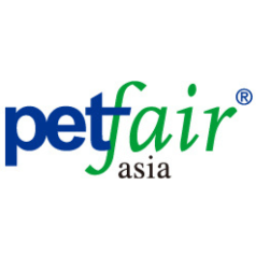Expiration or sell-by dates can offer some guidance, but how and where you store your dog's food will have a greater effect on its shelf life, says Dr. Jennifer Larsen, DVM, Ph.D., DACVIM, Professor of Clinical Nutrition and Service Chief at the UC Davis Veterinary Medical Teaching Hospital.
'Some people can smell rancidity quite easily, and other people can't,' Dr. Larsen says. With their extremely sensitive noses, dogs are likely to detect spoilage before you do. 'If you're smelling that the food smells 'off,' then your pet is definitely noticing.'
How to Tell if Your Dog's Food Has Spoiled
Most dog food manufacturers will include an expiration date or a sell-by date on their packaging, but individual companies may have their own definitions or guidance for these terms. In general, expiration dates advise when food is no longer safe to eat, whereas terms like 'sell by' or 'best if used by' indicate when the unopened food might start to deteriorate in quality.
'Dogs and cats have much more sensitive noses than we do, and they have very strong opinions about the way that their food tastes,' Dr. Larsen says. If your dog seems reluctant to eat, sniffs their food for longer than usual, or just lacks excitement around mealtime, they could be detecting less appetizing flavors or odors due to spoilage.
If you find evidence of pest infestation, such as ants or rodent droppings, discard the food —even if it's well within the sell-by date. This food is neither safe nor palatable for your dog.
Storing Dry Dog Food
To preserve freshness, Dr. Larsen recommends keeping kibble in its original packaging, in a cool, dry area of your home where the temperature stays consistent.
'You would be amazed at how much effort goes into pet food packaging,' Dr. Larsen says, adding that it's one of the more expensive parts of commercial pet food production. Manufacturers engineer the bags to prevent fat migration and oxidation, the primary culprits in rancidity.
Even though pet food packaging isn't airtight or watertight, Dr. Larsen advises against transferring food from its original packaging into a separate storage container or zip-close bag.
'First of all, you're exposing all the food in the bottom of the bag to air and light —and air and light are definitely the enemies here,' Dr. Larsen explains. 'You're also potentially putting it into a secondary container that itself might impart odors and taste to dry foods that can adversely affect palatability.'
For added protection, Dr. Larsen says owners can place the entire bag of food —sealed, and in its original packaging— into a secondary container. Bags without a self-sealing feature should be folded down and secured with a bag clip.
'You're trying to minimize exposure to air, and you don't want as much airspace between the top of the kibble and the top of the bag,' she says.
Keeping Canned Dog Food Fresh
Canned food is sterilized as it's cooked in the can, so sealed food should be stable for a very long time. But the same storage considerations apply as with dry food —keep the cans in a cool, dry place in your home, away from heat and fluctuating temperatures. Check for dents before serving, especially along the seams on the top and bottom of the can. If the can is dented or ruptured, discard the food.
Once cans are open, they should be covered and refrigerated. 'Using a lid, or a plastic wrap, or something like that over the top, and then using that within five days or so is probably fine,' explains Dr. Larsen.
Risks of Eating Expired Dog Food
Dry dog food that is exposed to air over time undergoes a chemical process called lipid oxidation, which breaks down the fat molecules and causes rancidity. Diets high in unsaturated fat, such as those that contain fish oils, 'are going to be more sensitive to those oxidation damages that are going to happen just from exposure to air,' Dr. Larsen says.
Most commercial pet foods are formulated with enough nutrient overages that it's unlikely a dog will experience nutritional deficiencies from eating stale food, Dr. Larsen says. But when fat oxidation occurs, essential fatty acids are damaged and can cause gastrointestinal issues.
'[Oxidation products] definitely upset the bacteria that live in our gastrointestinal tract, and some of those oxidation products that happen are considered toxic,' Dr. Larsen says. 'So not only do they not taste good, they can cause diarrhea and things like that.'
Beyond oxidation, very old or stale food may have diminished nutritional value, such as vitamin loss. 'You could theoretically see some deficiencies,' Dr. Larsen says, 'but I would expect that, unless it was a dire circumstance, the pet would stop eating the food before it became quite spoiled.'
By Lindsey Dobruck
Source: American Kennel Club
You could be interested: How To Handle And Store Pet Food














